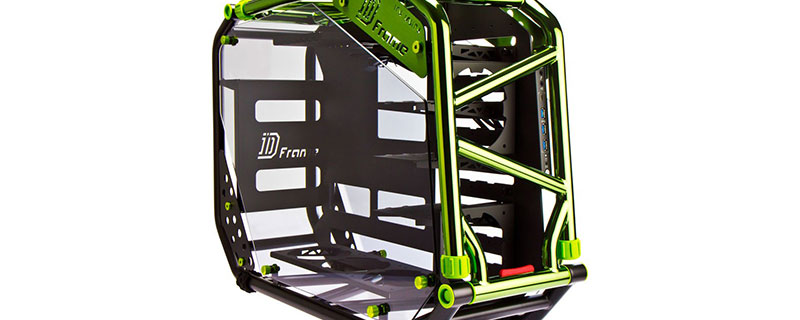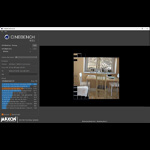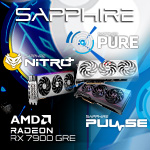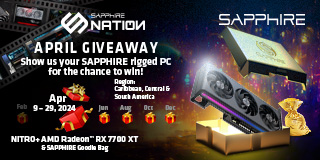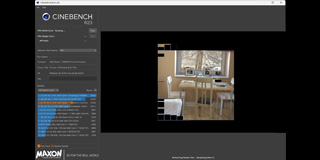
The second installment of this series focuses on the outside of the PC case.
We encourage you to read part 1 if you haven’t yet.
Side panels
This part of the chassis is now more important than ever thanks to the widespread use of tempered glass. Tempered glass sure looks amazing and is far superior to acrylic window, which I don’t recommend at all. It scratches very fast (sometimes even from regular cleaning). Although tempered glass is a much better choice, it comes with some things to consider:
- While relatively durable, the corners are the weak spots.
- It adds weight to the whole system.
- When glass is not tinted on the edges it doesn’t look particularly good on the case.
- If the glass panel is curved it looks super cool, but it adds a big price premium.
- If the service side of the case is glass, routing cables becomes very demanding and keeping everything tidy and nice looking is a challenge. In such case it is better if glass is high tinted to mask the cable clutter.
Side panel with no tint on the edges.
With both side panels made of tempered glass, the case looks fantastic when empty, but routing cables makes keeping it this way extremely challenging.
How tempered glass side panels are mounted can affect both the aesthetics and comfort of use:
- Four screws hold the window in place: the most popular and easiest to execute, and therefore the cheapest and most uncomfortable.
- The window rests on the supporting edge and is kept in place by a lock.
- The window is mounted on swivels. Beware that fully opening the glass panel can result in the case falling over. Also, not all panels on swivels have a securing mechanism to prevent them from opening.
 Resting the side panel on a supporting edge is very practical, and it prevents it from falling off.
Resting the side panel on a supporting edge is very practical, and it prevents it from falling off.
 Side panels on hinges can prove dangerous if your system is very light.
Side panels on hinges can prove dangerous if your system is very light.
A less than full-size side window can still look good while reducing both the cost and weight of the case.
If the side panel is made of metal, it can be pushed out. This can substantially increase the capacity of the case, leaving room for high cooler or cables behind the motherboard tray. Of course, a lot depends on the shape of the push-out.
A push-out on nearly the entire surface of the side panel; it can also increase rigidity.
Handily, metal side panels can be mounted with captive thumbscrews.
The presence of an air duct on the side panel indicates a totally outdated case.
The thicker the metal, the heavier and sturdier the side panel.
The outside
New cases all too often falter by focusing too much on visuals and little on cooling. Despite the presence of many fans, such cases make the hardware inside of them get way too hot, due to choked intakes. When you’re shopping, be sure there is proper spacing between the fans and case panels and that there is another surface the fans can breathe through.
This case has two big front fans, sure. But they’re totally choked by the acrylic panel and the very small ventilated side strips. Unsurprisingly, this case offered poor CPU and GPU temperatures.
A fixed version with much bigger ventilated side strips; also a front mesh panel, instead of an acrylic one, can be installed. This case offers dramatically improved thermals.
Dust filters
Although dust filters diminish fan performance, they are an essential part of good cases. They also must be designed well, which mainly comes down to ease of installation and deinstallation for cleaning. Unfortunately this process sometimes can be very frustrating. One of the best solutions is dust filter mounted with a magnet.
A dust filter installed like this is a pain in the neck.
While far from ideal, here’s a much better approach to the dust filter.
A dust filter not mounted with magnets but still easy to install.
Front I/O
A USB 3.0 on the front panel is now standard, but USB-Cs, which have grown in popularity, are still commonly overlooked by manufacturers.
Optional I/O panel with USB-C port.
5.25” bays
This bays are getting obsolete for most of users. Therefore usually you can rarely find one of these on modern front panels.
Front panel
If your case features a front door, it is best if there are hinges on both sides and you can decide on which side the door swivels on.
An infinity mirror combined with an LED RGB can make for an appealing effect when incorporated into the front panel.
The upcoming third and final installment of this series will cover the all-important remaining aspects of cases and some interesting examples of unusual chassis.





